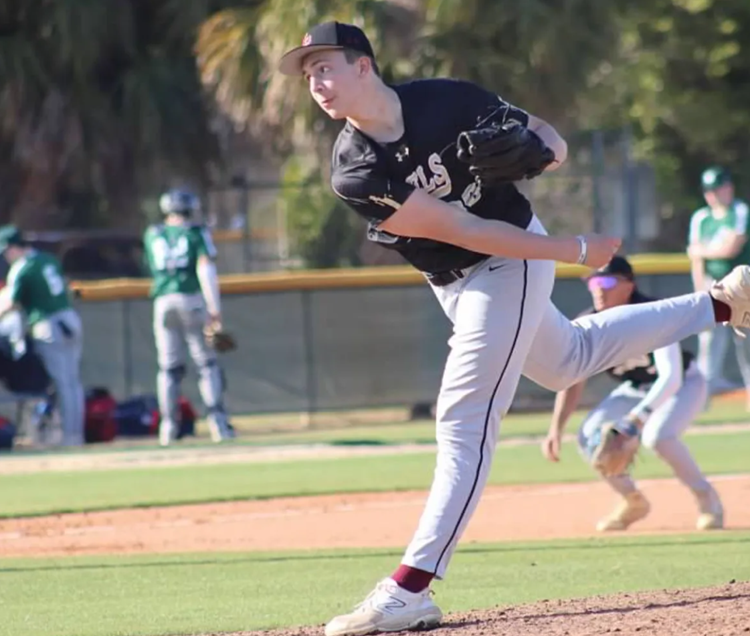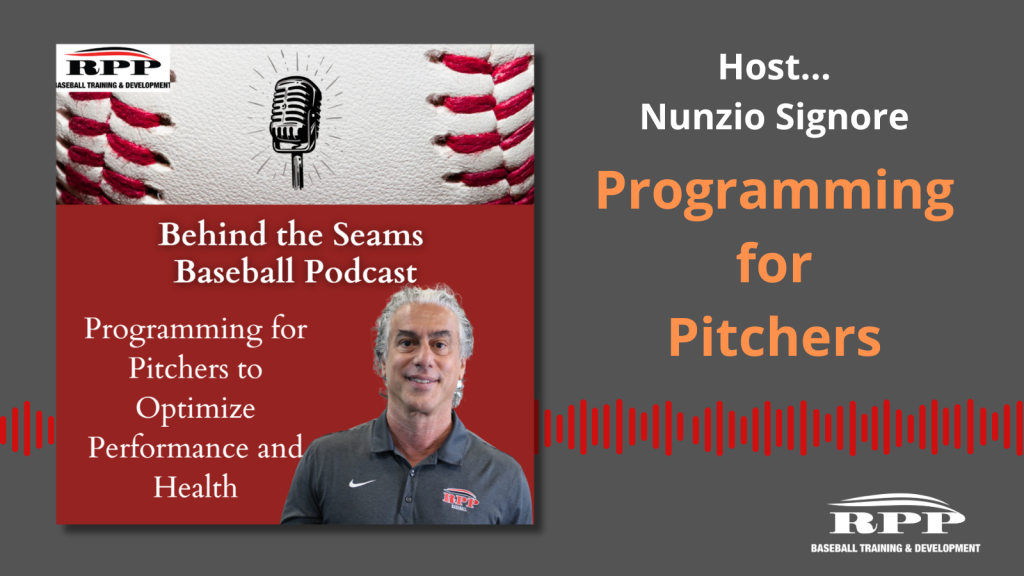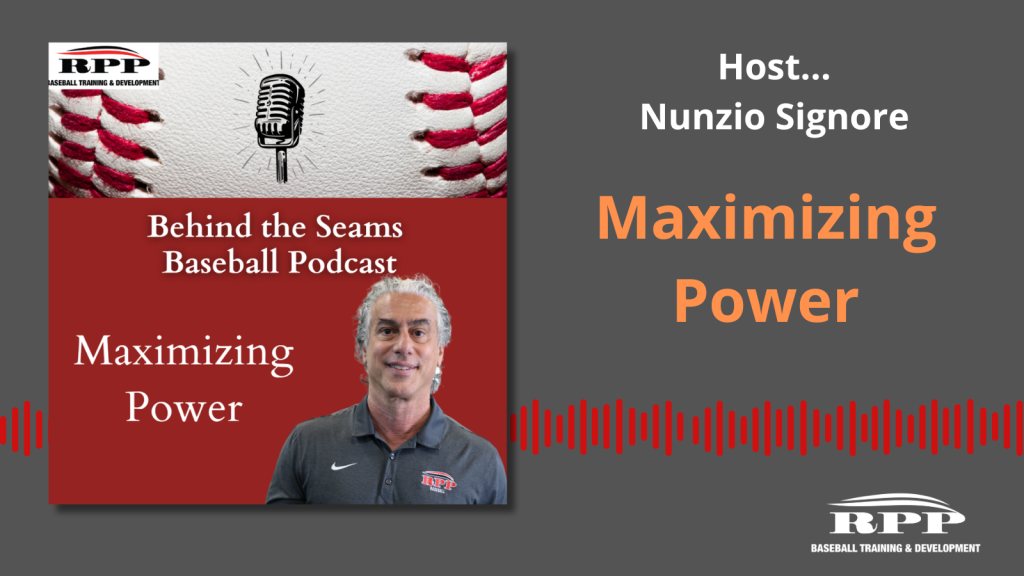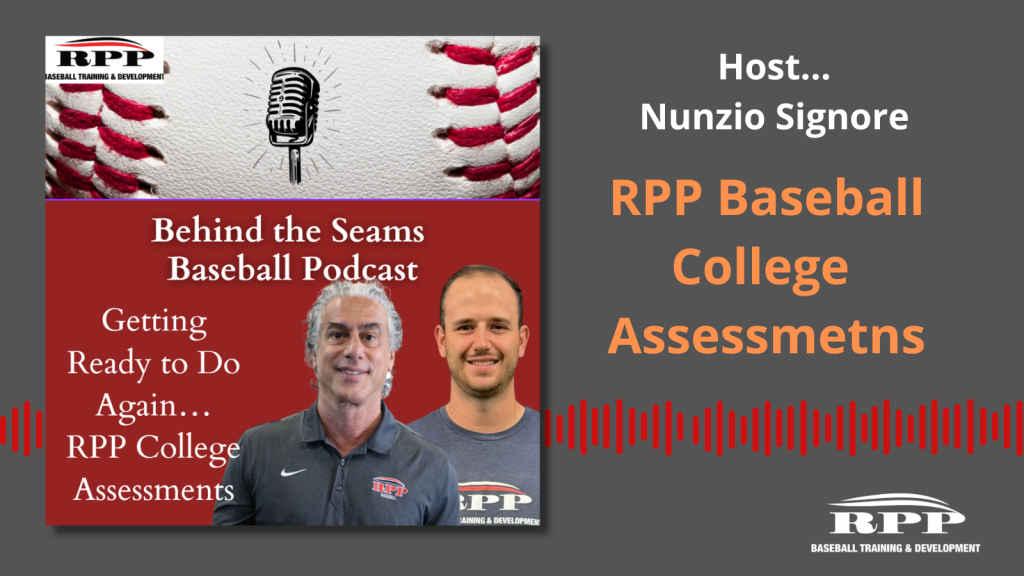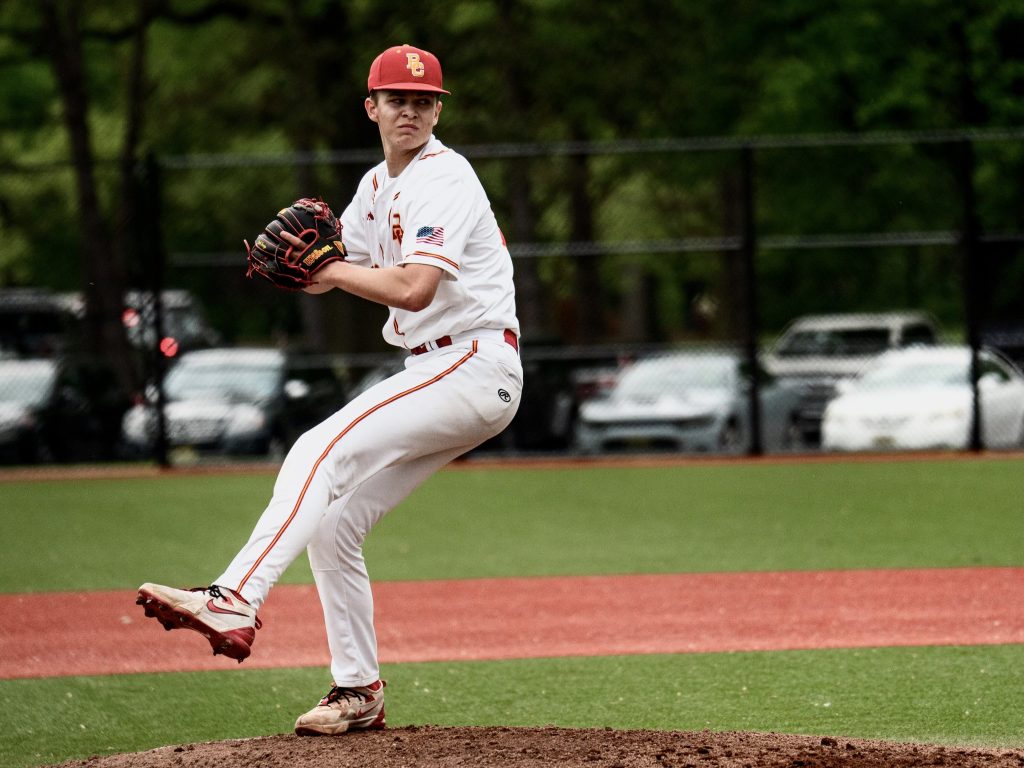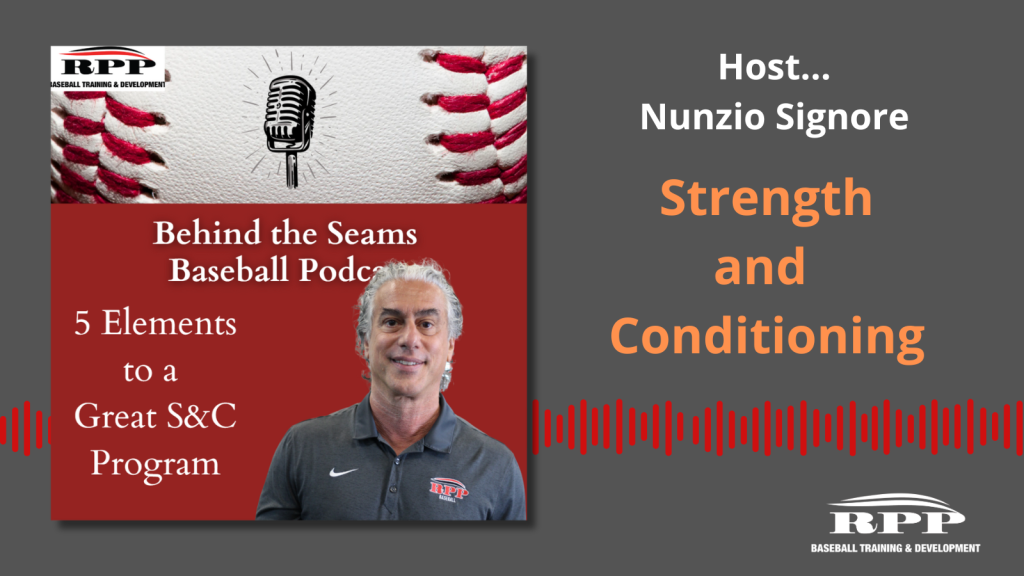
Today we’re sitting down with Coastal Carolina Pitching Coach Matt Williams, just recently back from Coastal’s run to the CWS in Omaha. In this episode we discuss:
-
- His initial thought process for building a championship team upon first getting to Coastal
- His Utilization of the RPP Remote College Assessment
- Connecting with players to help get the best out of them


